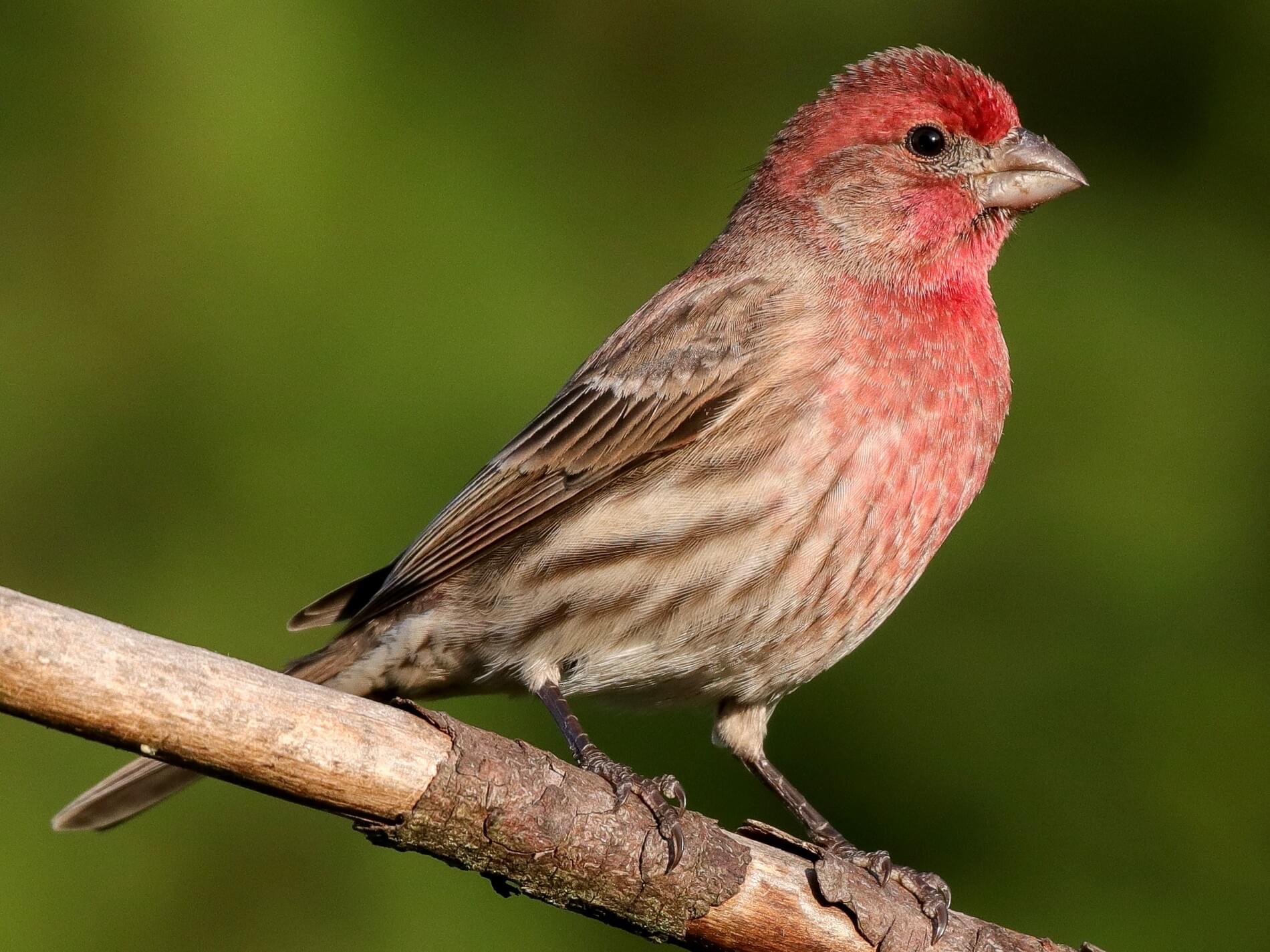House Finch or Purple Finch? Here's How to Tell Them Apart
Table Of Content

Some bird species are more easily attracted to bird houses than other bird species. House Finches and sparrows are found in similar habitats, such as urban areas and backyards. Female House Finches get mistaken for sparrows because of their overall brownish and comparable size. Wrens have a very different appearance and behavior than both finches and sparrows. Both House Finches and sparrows can be spotted in your backyard, in urban areas like city parks, in farmlands, and in close proximity to humans. These sparrows do have some streaking, but the streaks are generally heavy and more clearly defined, and may not cover the belly area.
Nest and Eggs

Where House Finch populations go up, House Sparrow numbers drop. The female broods the young for three to five days after the eggs hatch. During this period, the male continues to bring food for his mate and the chicks. After the brooding period ends, both parents take part in feeding the young, but the female’s role slowly subsides. In the final days before fledging, the male continues to provide food for the chicks, while the female begins building a new nest. The birds adapted and today are present throughout most of the US, their songs enjoyed by a host of backyard birders.
Prepare to be Amazed: The 10 Most Gorgeous Birds You’ve Never Seen Before
In most breeding seasons, females will nest up to six times. Furthermore, research plays a crucial role in understanding the and ecology of house finches, allowing scientists to develop effective conservation strategies. By studying their migration patterns, breeding habits, and interactions with other species, researchers can identify key areas for intervention. Disease outbreaks can also impact the lifespan of house finches.
Nesting
House finches are cute, friendly and numerous - Seacoastonline.com
House finches are cute, friendly and numerous.
Posted: Mon, 19 Nov 2018 08:00:00 GMT [source]
Our mission is to educate people about songbirds and provide the best resources to help them identify them and contribute to conservation efforts. Cardinals are beautiful and colorful birds that are often attracted to bird feeders. By providing the right type of feeder, offering their favorite seeds, and creating a welcoming environment, you...
Reproduction and Lifespan of House Finches
House Finches are common and widespread across most of North America, including Hawaii. Meanwhile, Purple Finches nest in Canada, along the Pacific, and in the Northeast. In winter they migrate as far south as Florida, but they don't typically visit the Interior West at any time of year. To see each bird's range, visit our online field guide, or download our free Audubon bird guide app. Females/immature males are brown overall with blurry streaks down the belly.
House Finches are familiar birds of human-created habitats including buildings, lawns, small conifers, and urban centers. In rural areas, you can also find House Finches around barns and stables. The human modification of natural habitats, particularly the increase of seed feeders throughout the east, greatly benefits the house finch populations. Attract them to your backyard bird feeders with nyjer, sunflower seed, mixed birdseed, peanuts, fruit, suet and sugar water. A western species until the 1940s, the house finch was introduced to the east by an unethical pet dealer, where they quickly spread to all eastern states. Find out facts about the house finch nest, eggs, range, habitat and song.
Interaction with Other Birds
Instead, it has a brownish plumage with streaks of black on its back and wings. Conservation efforts play a vital role in safeguarding the future of house finches. Several initiatives have been undertaken to protect and preserve their habitats, ensuring their continued existence in the wild. House finches face various in their natural habitats, but efforts are being made to ensure their conservation and survival. Understanding the predators and they encounter and promoting conservation efforts are essential to maintaining the population of these beautiful birds.
Their nests are typically cup-shaped and constructed using a combination of twigs, grass, leaves, and other plant materials. The female house finch takes the lead in building the nest, while the male assists by bringing materials. They also have longer wings and tails and a shorter beak compared to females.
Females/immatures and males
The two sexes also exhibit a few behavioral differences, including when and how they sing, feeding and nesting behavior, and courtship. House finches also take advantage of human-provided food sources, such as bird feeders. These feeders, filled with various seed mixes, can attract a wide range of finches, including house finches. They readily visit feeders that offer their preferred seeds, creating an opportunity for bird enthusiasts to observe these colorful birds up close. Feather color isn’t the only way to tell female and male house finches apart. The two sexes also showed some behavioral differences, including when and how they sang, feeding and nesting behavior, and courtship.
Their ability to find these food sources in various habitats allows them to occupy a wide range of environments. Discover the fascinating , preferences, feeding habits, breeding , and efforts of House Finches. Learn about their interaction with other birds and how to differentiate them from the red-headed sparrow bird.
House Finches can be found throughout the United States, excluding the southeastern states, where they are absent. Their range extends from the eastern coast to the western coast, covering states such as California, Arizona, Texas, and even parts of Canada. From time to time, they also bring bits and pieces of food to the females. The females show their acceptance by mimicking a hungry chick.
So, let’s pause for a moment to express our gratitude for these birds and the happiness they bring. The female House Finch looks most close to that of the Song Sparrows. Both have almost identical brown colors and dark patterns on their bodies. Both House Sparrows and House Finches have distinctive sexual dimorphism.
Comments
Post a Comment